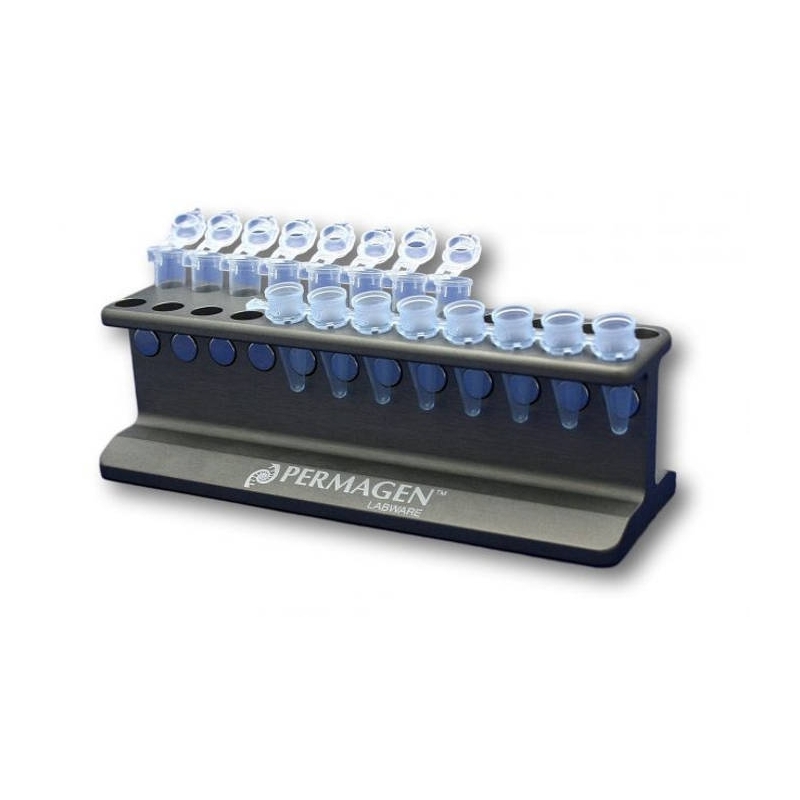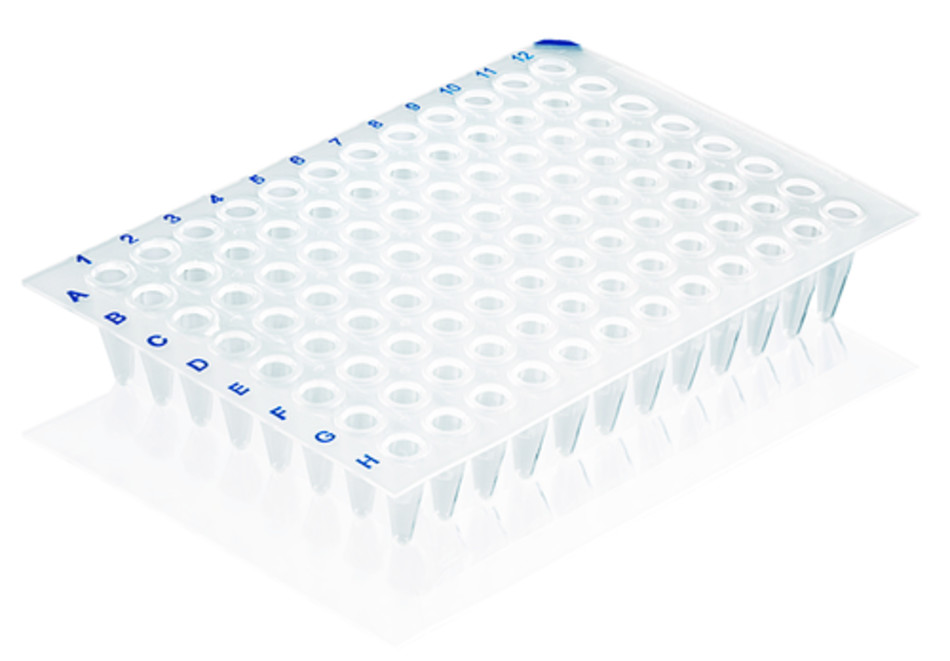
This bacteria normally lives in hot springs so can tolerate temperatures above 80⁰C. Taq DNA polymerase is an enzyme taken from the heat-loving bacteria Thermus aquaticus. During this final step, the heat is increased to 72⁰C to enable the new DNA to be made by a special Taq DNA polymerase enzyme which adds DNA bases. This step usually takes about 10-30 seconds. The two separated strands of DNA are complementary and run in opposite directions (from one end – the 5’ end – to the other – the 3’ end) as a result, there are two primers – a forward primer and a reverse primer. Only once the primer has bound can the polymerase enzyme attach and start making the new complementary strand of DNA from the loose DNA bases. The polymerase enzyme can only add DNA bases to a double strand of DNA. Primers serve as the starting point for DNA synthesis. The primers are designed to be complementary in sequence to short sections of DNA on each end of the sequence to be copied. Primers are single strands of DNA or RNA sequence that are around 20 to 30 bases in length. This enables the primers to attach to a specific location on the single-stranded template DNA by way of hydrogen bonding (the exact temperature depends on the melting temperature of the primers you are using). During this stage the reaction is cooled to 50-65⁰C. This usually takes between 15-30 seconds. It is important that the temperature is maintained at this stage for long enough to ensure that the DNA strands have separated completely. This results in two single strands of DNA, which will act as templates for the production of the new strands of DNA. The high temperature causes the hydrogen bonds between the bases in two strands of template DNA to break and the two strands to separate. During this stage the cocktail containing the template DNA and all the other core ingredients is heated to 94-95⁰C. 
Image credit: Genome Research Limited What happens at each stage of PCR? Denaturing stage Illustration showing the main steps in the polymerase chain reaction (PCR). After PCR has been completed, a method called electrophoresis can be used to check the quantity and size of the DNA fragments produced.

A complete PCR reaction can be performed in a few hours, or even less than an hour with certain high-speed machines.These three stages are repeated 20-40 times, doubling the number of DNA copies each time.Extending – when the temperature is raised and the new strand of DNA is made by the Taq polymerase enzyme.Annealing – when the temperature is lowered to enable the DNA primers to attach to the template DNA.Denaturing – when the double-stranded template DNA is heated to separate it into two single strands.PCR involves a process of heating and cooling called thermal cycling which is carried out by machine.buffer to ensure the right conditions for the reaction.Taq polymerase enzyme to add in the new DNA bases.

DNA bases (A, C, G and T) are the building blocks of DNA and are needed to construct the new strand of DNA
DNA nucleotide bases (also known as dNTPs). primers, short stretches of DNA that initiate the PCR reaction, designed to bind to either side of the section of DNA you want to copy. We will explain exactly what each of these do as we go along. Five core ‘ingredients’ are required to set up a PCR. The principles behind every PCR, whatever the sample of DNA, are the same. It is used in the early stages of processing DNA for sequencing, for detecting the presence or absence of a gene to help identify pathogens during infection, and when generating forensic DNA profiles from tiny samples of DNA. 
PCR is a common tool used in medical and biological research labs.Using PCR it is possible to generate thousands to millions of copies of a particular section of DNA from a very small amount of DNA.PCR is used in molecular biology to make many copies of (amplify) small sections of DNA or a gene.He was awarded the Nobel Prize in Chemistry in 1993 for his pioneering work. The polymerase chain reaction (PCR) was originally developed in 1983 by the American biochemist Kary Mullis.








 0 kommentar(er)
0 kommentar(er)
